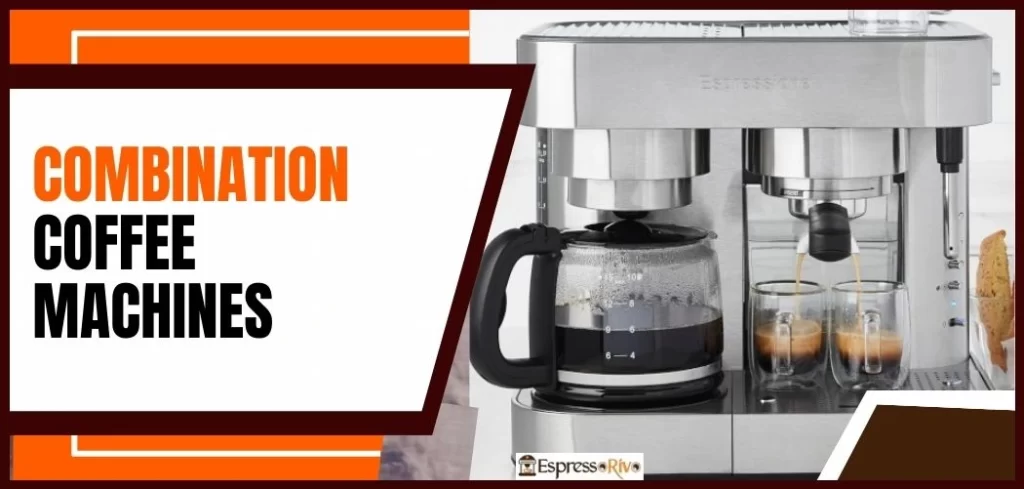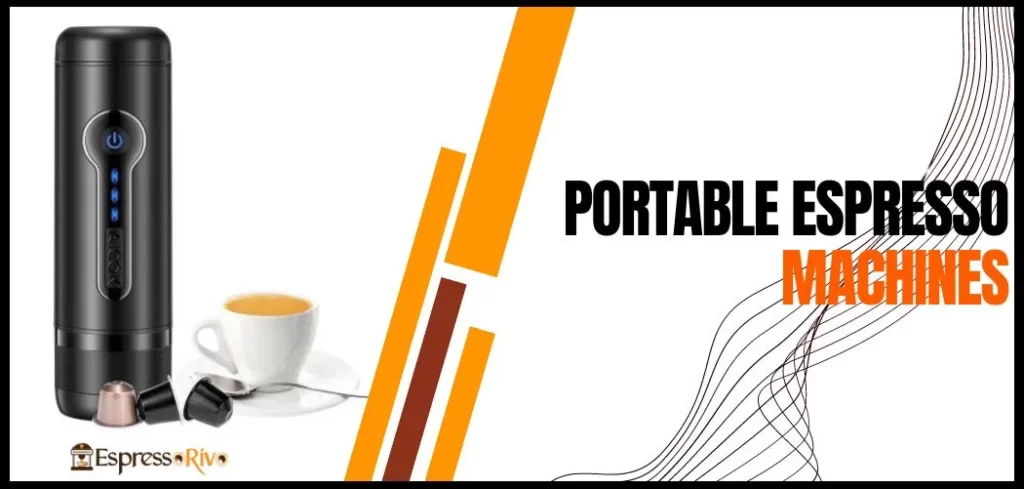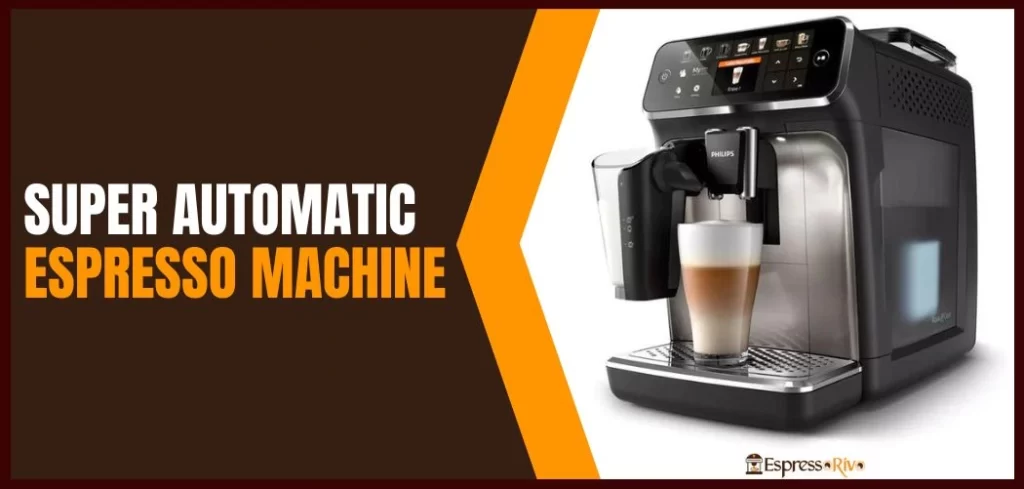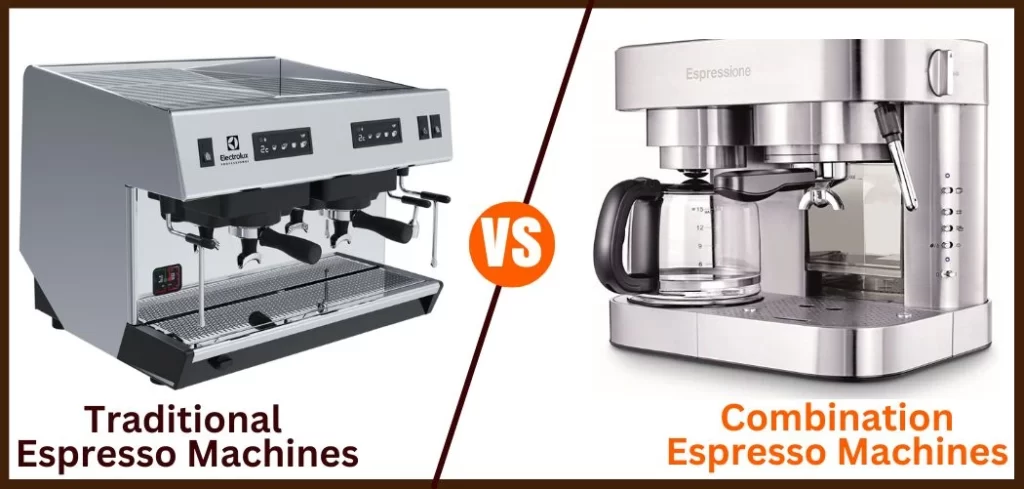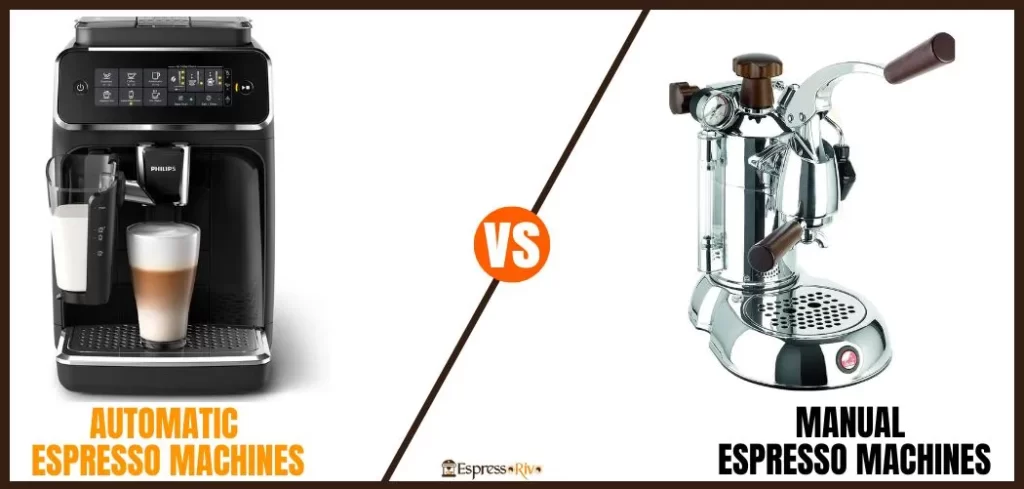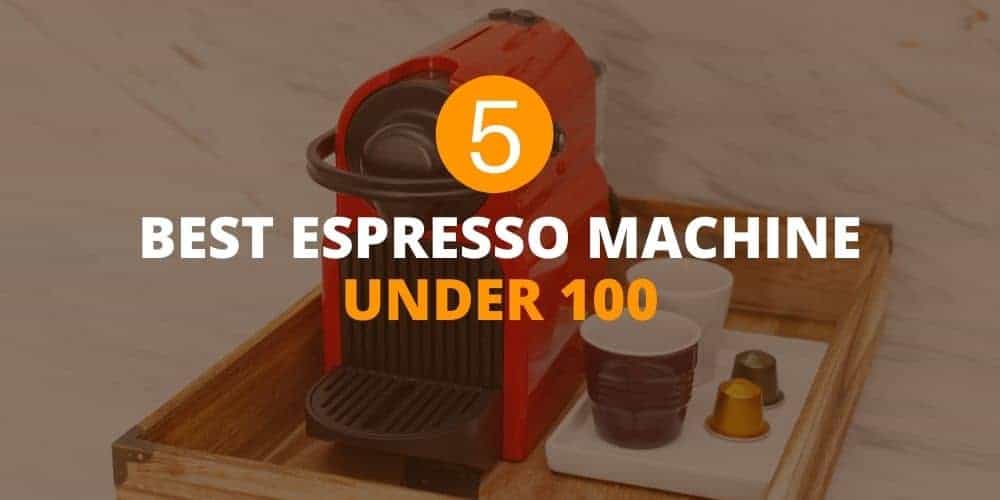Are you a coffee lover who can’t start your day without a hot cup of joe? If so, you know that choosing the right brewing method can make all the difference in the taste and quality of your coffee. With so many different methods to choose from, it can be challenging to know which one to go with.
In this article, we’ll be taking a look at two popular brewing methods: espresso machines and manual brewing methods. We’ll examine the pros and cons of each, compare them side by side, and help you determine which method is right for you.
But first, let’s take a step back and look at the coffee industry as a whole. Coffee has been around for centuries, and it has evolved in many ways over time. Today, there are countless varieties of coffee beans, roasts, and blends, each with its own unique flavor profile. Whether you prefer a bold and strong espresso or a smooth and creamy latte, there’s a coffee out there that’s perfect for you.
When it comes to brewing coffee, there are two primary methods: espresso machines and manual brewing methods. Espresso machines use pressure to force hot water through finely ground coffee, producing a strong and concentrated shot of espresso. Manual brewing methods, on the other hand, involve more hands-on techniques such as pour-over, French press, and AeroPress, which give the coffee a different flavor profile and texture. Each method has its own advantages and disadvantages, and choosing the right one for your needs requires careful consideration.
So, let’s dive in and explore the world of espresso machines and manual brewing methods to help you decide which one reigns supreme.
The Basics of Espresso Machines and Manual Brewing Methods
Before we compare espresso machines and manual brewing methods, let’s take a closer look at each method and how it works.
Overview of Espresso Machines
Espresso machines are the most common type of machine used to brew espresso-based drinks, such as cappuccinos and lattes. These machines work by forcing hot water through a compacted puck of finely ground coffee at high pressure, producing a rich and concentrated shot of espresso.
1. Types of Espresso Machines
There are two primary types of espresso machines: semi-automatic and automatic. Semi-automatic machines require the user to manually start and stop the extraction process, while automatic machines use programmable settings to control the amount of water and the length of the extraction.
2. How Espresso Machines Work
Espresso machines have a water tank, a heating element, and a pump. When the machine is turned on, the heating element heats the water in the tank, and the pump forces the hot water through the compacted coffee grounds, creating a shot of espresso.
3. Pros and Cons
Some of the advantages of using an espresso machine include the ability to make a variety of espresso-based drinks, the speed of the brewing process, and the consistency of the results. However, espresso machines can be expensive and require a certain level of skill to operate correctly.
Overview of Manual Brewing Methods
Manual brewing methods, also known as pour-over brewing, involve more hands-on techniques to create a unique coffee flavor profile. The most common manual brewing methods include pour-over, French press, and AeroPress.
1. Types of Manual Brewing Methods
Pour-over brewing involves pouring hot water over coffee grounds placed in a filter, allowing the coffee to drip into a carafe or mug. French press brewing involves steeping coffee grounds in hot water and then pressing the plunger down to separate the coffee from the grounds. AeroPress brewing uses a combination of immersion and pressure to produce a smooth and rich cup of coffee.
2. How Manual Brewing Methods Work
Manual brewing methods require the user to measure the amount of coffee and water, grind the coffee beans to the correct consistency, and use a specialized brewing device to pour the hot water over the coffee grounds.
3. Pros and Cons
Some of the advantages of using manual brewing methods include the ability to control the brewing process, the versatility to use different coffee beans and brewing devices, and the ability to create a unique flavor profile. However, manual brewing methods can be time-consuming and require a higher level of skill and knowledge to produce consistent results.
Factors to Consider When Choosing a Brewing Method
When deciding between espresso machines and manual brewing methods, there are several factors to consider. Here are some of the most important factors to keep in mind:
Convenience
Espresso machines are generally faster and more convenient to use than manual brewing methods. With an espresso machine, you can quickly and easily make a variety of espresso-based drinks, such as lattes and cappuccinos. Manual brewing methods, on the other hand, require more time and effort to brew a single cup of coffee.
Taste
The taste of the coffee is another important factor to consider. Espresso machines produce a rich and concentrated shot of espresso, with a strong and intense flavor. Manual brewing methods, on the other hand, produce a more subtle and nuanced flavor profile, with more complexity and depth.
Cost
Espresso machines can be expensive, especially if you want a high-quality machine with all the bells and whistles. Manual brewing methods, on the other hand, are generally more affordable and require less investment in equipment.
Skill Level
Using an espresso machine requires a certain level of skill and knowledge to produce a consistently good shot of espresso. Manual brewing methods, on the other hand, can be more forgiving and allow for more experimentation with different brewing techniques and coffee beans.
Flexibility
Manual brewing methods offer more flexibility in terms of the types of coffee beans and brewing devices you can use. With an espresso machine, you are limited to using pre-ground coffee or purchasing an expensive grinder to grind your own beans. Manual brewing methods allow you to experiment with different grind sizes, water temperatures, and brewing devices to create a unique and customized cup of coffee.
Volume
If you need to brew large quantities of coffee, an espresso machine may not be the best choice. Espresso machines are designed to produce a single shot of espresso at a time, whereas manual brewing methods can produce larger quantities of coffee.
Ultimately, the choice between an espresso machine and a manual brewing method comes down to personal preference and priorities. If convenience and speed are your top priorities, an espresso machine may be the best choice. If you value flavor complexity and flexibility, manual brewing methods may be the way to go.
Pros and Cons of Espresso Machines vs. Manual Brewing Methods
Both espresso machines and manual brewing methods have their own set of advantages and disadvantages. Here are some of the most important pros and cons to consider:
Espresso Machines
Pros
- Convenience: Espresso machines are quick and easy to use, making them a great option for busy mornings or high-volume coffee shops.
- Consistency: Once you’ve dialed in the right grind size, dose, and tamp pressure, an espresso machine can produce consistent shots of espresso every time.
- Versatility: Espresso machines can be used to make a wide range of espresso-based drinks, such as lattes, cappuccinos, and macchiatos.
Cons
- Cost: Espresso machines can be expensive, especially if you want a high-quality machine with all the bells and whistles.
- Skill level: Using an espresso machine requires a certain level of skill and knowledge to produce a consistently good shot of espresso.
- Limited flexibility: Espresso machines are designed to work with specific types of coffee beans and grind sizes, limiting your ability to experiment with different brewing methods.
Manual Brewing Methods
Pros
- Flavor complexity: Manual brewing methods can produce a more nuanced and complex flavor profile, with more subtle notes and aromas.
- Flexibility: Manual brewing methods allow for more experimentation with different brewing techniques and coffee beans, giving you greater control over the final product.
- Cost-effective: Manual brewing methods are generally more affordable and require less investment in equipment.
Cons
- Time-consuming: Manual brewing methods can take longer to prepare than an espresso machine, making them less convenient for busy mornings.
- Inconsistent: Without proper technique and practice, manual brewing methods can produce inconsistent results.
- Limited volume: Manual brewing methods are best suited for brewing one or two cups of coffee at a time, making them less ideal for high-volume coffee shops.
The choice between an espresso machine and a manual brewing method will depend on your personal preferences and priorities. If you value convenience and consistency, an espresso machine may be the best choice. If you prioritize flavor complexity and experimentation, a manual brewing method may be more your speed. Whatever your choice may be, remember that both methods have their own unique advantages and disadvantages, so it’s worth exploring and experimenting to find the best brewing method for you.
Comparing Espresso Machines and Manual Brewing Methods
When it comes to comparing espresso machines and manual brewing methods, there are several factors to consider. Here’s a breakdown of how the two methods stack up against each other:
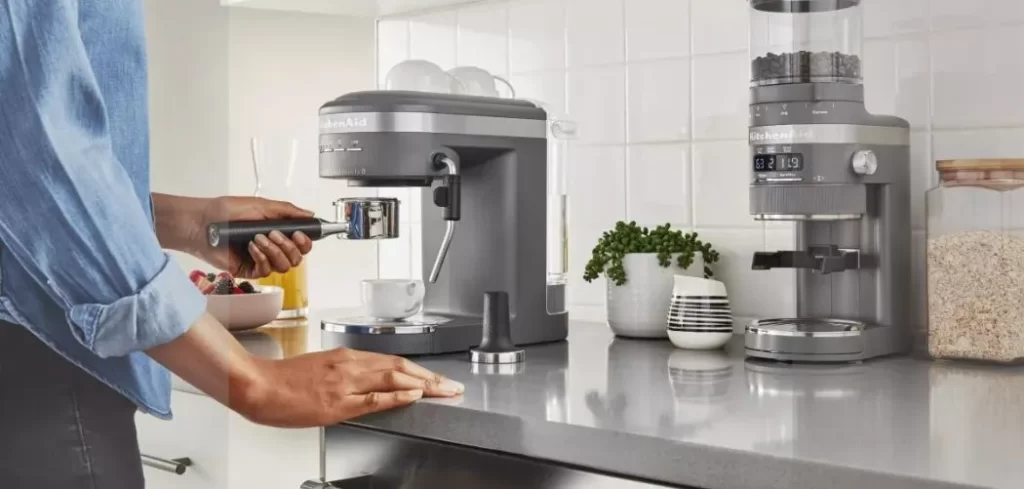
Flavor Profile
One of the biggest differences between espresso machines and manual brewing methods is the flavor profile they produce. Espresso machines tend to produce a more concentrated, bold flavor with a creamy texture, while manual brewing methods often result in a more nuanced, complex flavor profile with subtle notes and aromas. This is because espresso machines use high pressure and high temperature to extract flavor from the coffee beans, while manual brewing methods rely on slower extraction methods such as immersion or percolation.
Convenience
Espresso machines are often considered more convenient than manual brewing methods, as they are quick and easy to use. Simply add the coffee grounds to the portafilter, tamp, and pull the shot. Manual brewing methods, on the other hand, require more time and attention to detail, as the brewer must monitor the water temperature, brewing time, and pour rate.
Cost
Espresso machines can be quite expensive, with some high-end models costing thousands of dollars. Manual brewing methods, on the other hand, are generally more affordable and require less investment in equipment. However, it’s worth noting that some manual brewing methods, such as pour-over or siphon brewing, require special equipment such as a kettle or burner.
Skill Level
Using an espresso machine requires a certain level of skill and knowledge to produce a consistently good shot of espresso. Baristas must be able to dial in the right grind size, dose, and tamp pressure to achieve the perfect shot. Manual brewing methods also require a certain level of skill, but are generally considered more forgiving than espresso machines.
Versatility
Espresso machines are versatile in that they can be used to make a wide range of espresso-based drinks, such as lattes, cappuccinos, and macchiatos. Manual brewing methods, on the other hand, are limited to brewing coffee by immersion, percolation, or infusion, and are not well-suited for making espresso-based drinks.
Espresso machine and a manual brewing method will depend on your personal preferences and priorities. If you value convenience and consistency, an espresso machine may be the best choice. If you prioritize flavor complexity and experimentation, a manual brewing method may be more your speed. Whatever your choice may be, remember that both methods have their own unique advantages and disadvantages, so it’s worth exploring and experimenting to find the best brewing method for you.
Conclusion
So, which method reigns supreme: espresso machines or manual brewing? The answer, of course, is that it depends. Each brewing method has its own unique advantages and disadvantages, and the best choice for you will depend on your personal preferences and priorities.
If you value convenience and consistency, an espresso machine may be the best choice. It’s quick and easy to use, and produces a bold and creamy shot of espresso that can be used as a base for a variety of espresso-based drinks.
If you prioritize flavor complexity and experimentation, a manual brewing method may be more your speed. There are many different manual brewing methods to choose from, each with its own unique flavor profile and brewing parameters. Manual brewing allows you to experiment with different brewing variables such as water temperature, pour rate, and steep time, giving you more control over the final flavor of your coffee.
Whichever method you choose, remember that the quality of your coffee will depend on the quality of your beans, as well as your equipment and technique. Invest in high-quality coffee beans and equipment, and take the time to perfect your technique to ensure the best possible cup of coffee.
In the end, the choice between espresso machines and manual brewing methods is a matter of personal preference. Whether you choose the convenience of an espresso machine or the flavor complexity of a manual brewing method, there’s no denying that a well-brewed cup of coffee is one of life’s simple pleasures.
Ronsil
Meet Ronsil, the master barista behind EspressoRivo. With years of experience in the coffee industry, he brings a wealth of knowledge and passion to the table. As the owner of a successful coffee shop, Ronsil is a sought-after adviser in the field. His expertise and love for the craft shines through in every cup he serves. We are honored to have him as part of our team at EspressoRivo
